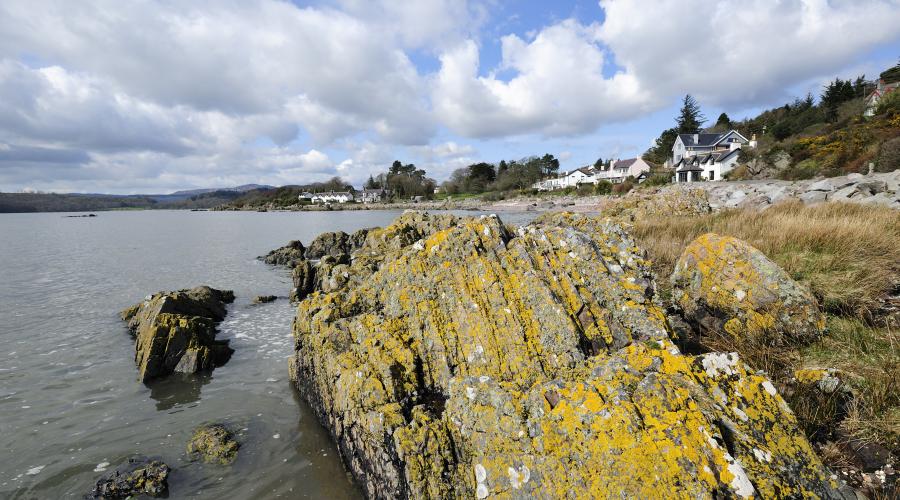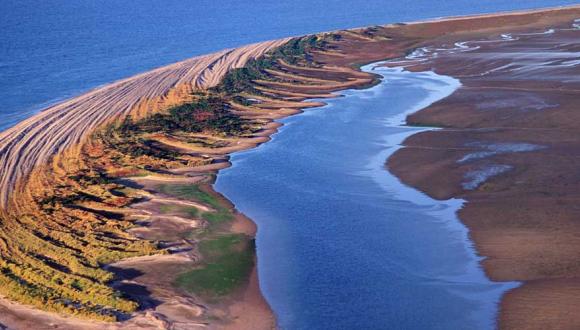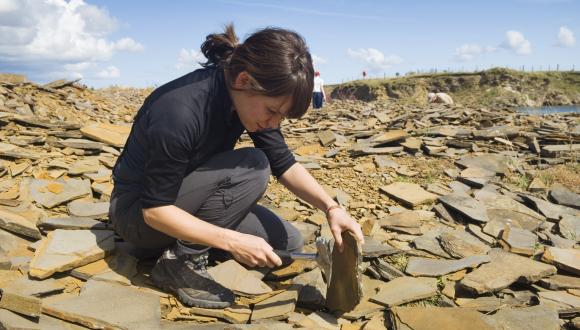
Geodiversity as a scientific resource
Scotland’s unrivalled geodiversity is a unique educational and scientific resource, which informs work of global significance.
Scotland contains:
- rocks from almost all periods of geological time – revealing a wide variety of geological processes
- many superb glacial landscapes
- active rivers, coasts and slopes
- a wide range of soils
Scientists use our geodiversity to:
- research the origins of the land
- identify the location of natural resources
- explain the processes that continue to shape the landscape and influence the quality of our environment
- understand the evolution of life itself
Scotland’s geodiversity is an asset of national and international importance for interpreting past geological processes of global significance.
Such processes include:
- volcanism
- plate tectonics
- ice ages
Some of Scotland’s rocks contain a rich variety of internationally important fossils, which have shed light on the evolution of plant and animal life.
Geodiversity has educational value for schools, life-long learning, wider public engagement and raising awareness of natural processes such as erosion, flooding and climate change.
Knowledge of our geodiversity also informs the sustainable management of our land, rivers and coast, including flood management and climate change adaptation. For example, understanding how rivers work can help us to prevent flooding that may affect homes and businesses.
A better understanding of the risk of such natural hazards makes for a better quality of life and healthier local communities.
Birthplace of modern geology
The science of modern geology was born in Scotland 200 years ago with James Hutton’s investigations of our rocks. His discoveries paved the way for a long line of famous Scottish geologists, including Charles Lyell, Roderick Murchison, James Nicol and Hugh Miller.
Many of the fundamental principles of Earth science were developed by these and later pioneers based on rocks and fossils from Scottish localities. They have since been applied worldwide.







